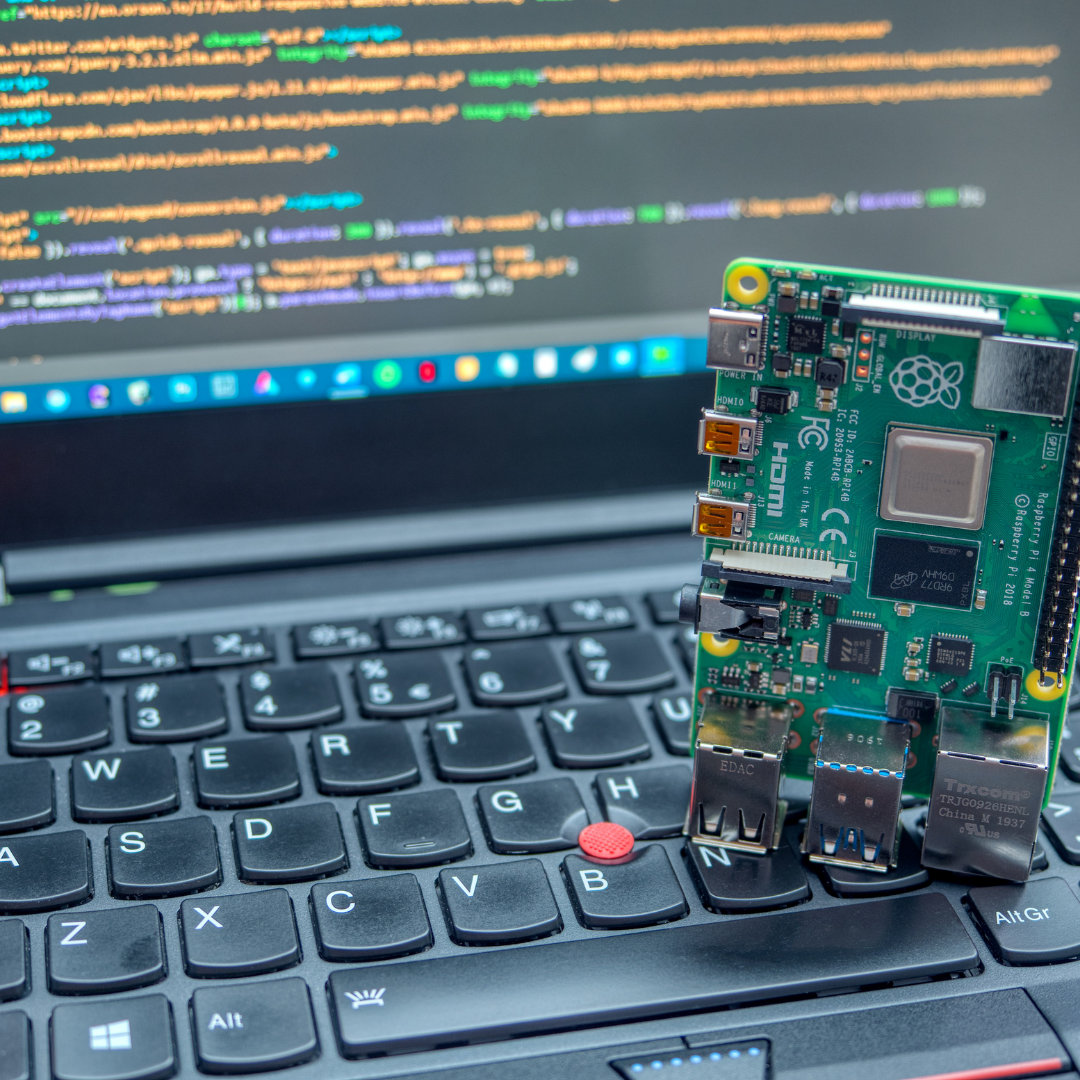We live in a world where tech has gotten more affordable and more accessible for everyone. This includes the Raspberry Pi, the credit card-sized computer that you can use to learn how to build with hardware, learn how to code from scratch, or even build your own automation system. But, for all this value, you need to know how to use your Raspberry Pi to its fullest potential. Otherwise, what’s the point?
You can find the Internet of Things everywhere. From your kitchen to your bathroom, your car to your garden, and even your own body, the Internet of Things has been a long time coming. While in the past it was only accessible to the elite few who could afford top-of-the-line expensive equipment (like a $500 Raspberry Pi), the Raspberry Pi is finally lowering the barrier of entry to this exciting new world of technology.
Raspberry Pi has a strong community around it, which makes it a great choice for anyone looking for an affordable and small computing device with a lot of features. The community is not limited to the UK either, with people all over the world creating their own projects and sharing them with other users.
When you begin your quest to learn how to use the Raspberry Pi, you’ll probably start by checking out the basics: connecting it to a keyboard and monitor, installing an OS, and writing some programs. However, it’s not until you get a little more comfortable that you will get the chance to really learn how to make the computer your own by doing useful projects that you can use in your own life.
That’s right, and there’s a whole heap of projects that can be done with a Raspberry Pi. Whether you want to turn your Pi into internet radio, play retro games, or even build your own music studio, there’s a project out there for you.
VPN server
First, we should clarify that a VPN server is not the same thing as a VPN client. Both the server and the client are referred to as VPNs (Virtual Private Networks), but they serve different functions. The VPN servers serve as your secret network access points, while the VPN clients allow you to use the VPN as a secure means of accessing the internet.
The Raspberry Pi is a mini-computer that can be purchased to run your own VPN server. What’s a VPN server? It’s a server that routes data packets from a remote computer through a secure link, ensuring they can only be read by authorized computers. The Pi is a great little device that looks great on your desk and is perfect for setting up your own VPN server. While there is a lot of information out there about how to set up your VPN on a Raspberry Pi, there is little information available about how to install the VPN software itself.
Weather Station
Instead of spending $200 on a nice weather station, you can make your own at a fraction of the cost. This Raspberry Pi weather station can be up and running in about 15 minutes. This station uses a Raspberry Pi 2, a 9′ outdoor extension cord (find it online for under $4), and a 9V battery. The station has motion detection so that it will turn on if there is any movement, and if it does not detect motion (as it may in some winter months), it will keep its temperature reading for about an hour and then save the average of the last hour of readings.
File Storage Server
The best way to store data is to make it your own, and thankfully there are many people out there who have taken the time to make such solutions. One such solution is the Raspberry Pi which is a tiny, low-power computer. It can be used to make a file storage server that can be accessed by other devices and/or humans. This file storage server can be used to store data for later retrieval and can also be used to make backups of your data.
Imagine needing to store lots of large files on the same server, but you don’t want to pay for a large storage device to hold them. Instead, you want to use a Raspberry Pi to hold your files.



